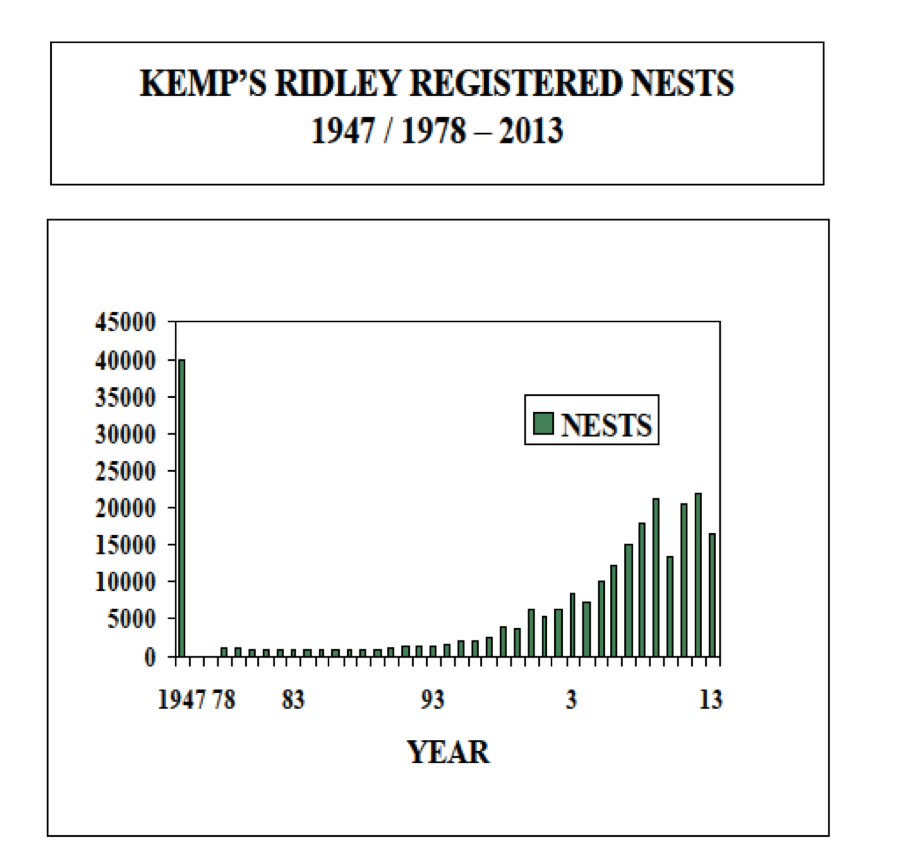

But we suppose it makes sense that the Nest Thermostat unit can only hold so much data in its memory.
NEST DATAGRAPH FREE
T shirt t-shirt 126p Fiat Steyr-Puch 126 centoventisei funny Short Sleeve Tee Shirt Free Shipping. 'S' Fiat 126P Driving School 1/43 DeAgostini Cult Cars of PRL, 3 Jerry Cans.
NEST DATAGRAPH 1080P
While the ability to view the usage history of your Nest Thermostat is pretty cool, there are still some limitations, such as not being able to see exact times when the heating or air conditioning kicked on and turned off, as well as only being able to view the last 10 days of use. Update 80 Miles HDTV Amplifier Signal Booster Support 4K 1080P HD TV. When you’re done, scroll to either end and click on the unit when “Done” appears. You’ll also get an explanation as to why the usage may be higher or lower than the weekly average, just like in the Nest app. There will be either an orange dot or blue dot to represent heating or air conditioning, respectively, with the total run time marked below it.Ĭlicking on the unit will bring up a couple more details about that day’s usage, including how that day compares to the previous seven days. Scroll to any given day to see how much your heating or air conditioning ran on that particular day. Use the silver scroll wheel to navigate to “Energy” and click on the unit to select it. Start by clicking on the unit to bring up the main menu. You can also view your usage history right on the Nest Thermostat itself, although it’s a bit more of a condensed view. There’s also a weather icon, which indicates that the weather affected the use of the thermostat more than normal, since it might have been hotter or colder outside than usual. The home icon with the little person in front of it means that the Nest Thermostat was set to Away at some point during that day and resulted in less-than-average use.
NEST DATAGRAPH MANUAL
For instance, the person icon means that your manual adjustment of the thermostat resulted in a higher- or lower-than-average use of the heating or air conditioning.

On the right-hand side, you may see a variety of small circular icons on certain days, and these mean certain things. at least partially due to the changes on the DataObjects nested inside it, then SDO instances. It will even show changes that were done automatically through IFTTT. iterate through individual datagraph to trigger submit. So, for instance, if someone in your household changed the temperature from their own phone, that will appear in the history and it will show who it was. In addition to texts, structures of XML documents (i.e., how the information items nest each other) also carry information. When you tap on a temperature icon in the expanded day view, you can see how that temperature was set. For example, if you have a Points command and a Fit command where you want to remove a point from both. By default the Mask is set to ‘Include all’. If this doesn’t appear on the right automatically, double-click your chart to display the menu.You can tap on any day to see a more descriptive history and see when exactly the heating or air conditioning was on and at what temperature the thermostat was set to. Command groups can apply a mask (data filter) to multiple commands at once. You can use the Chart Editor tool if you want to change your chart type. Click Insert > Chart to create your chart and open the Chart Editor tool.īy default, a basic line chart is created using your data, with the Chart Editor tool opening on the right to allow you to customize it further.Ĭhange Chart Type Using the Chart Editor Tool To start, open your Google Sheets spreadsheet and select the data you want to use to create your chart. RELATED: The Beginner's Guide to Google Sheets You can create several different types of graphs and charts in Google Sheets, from the most basic line and bar charts for Google Sheets beginners to use, to more complex candlestick and radar charts for more advanced work. You can use the Chart Editor tool to create these graphs and charts in Google Sheets. Like Microsoft Excel, Google Sheets refers to all types of graphs as charts. Here’s how you can add graphs to your spreadsheet.īefore we begin, you should be aware of a slight difference in terminology. If you’re using Google Sheets, adding graphs to your spreadsheet can help you present this information differently for easier reading.

A data-heavy spreadsheet can be difficult to read through and process.


 0 kommentar(er)
0 kommentar(er)
